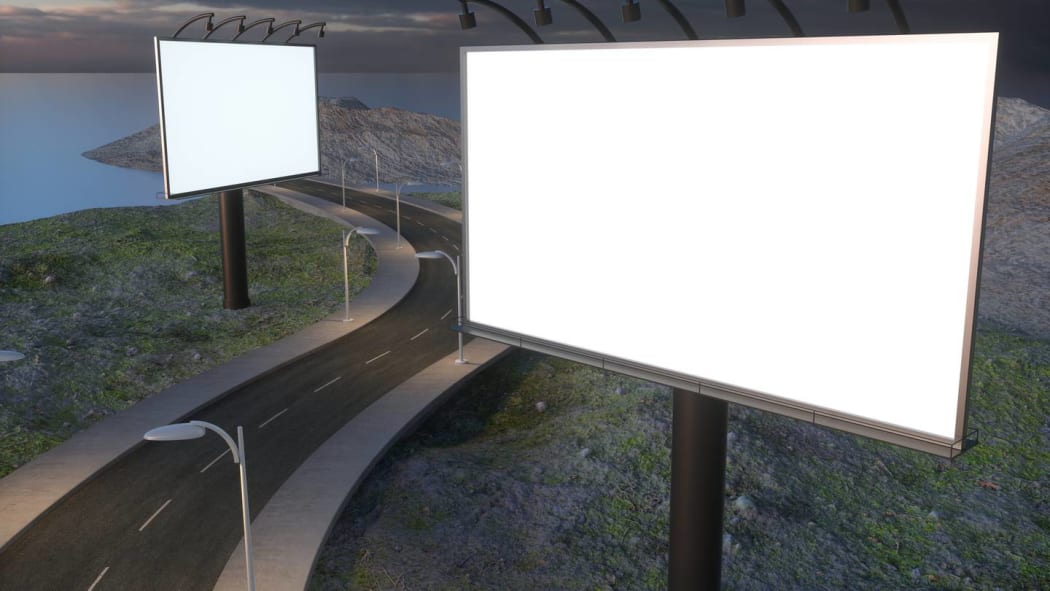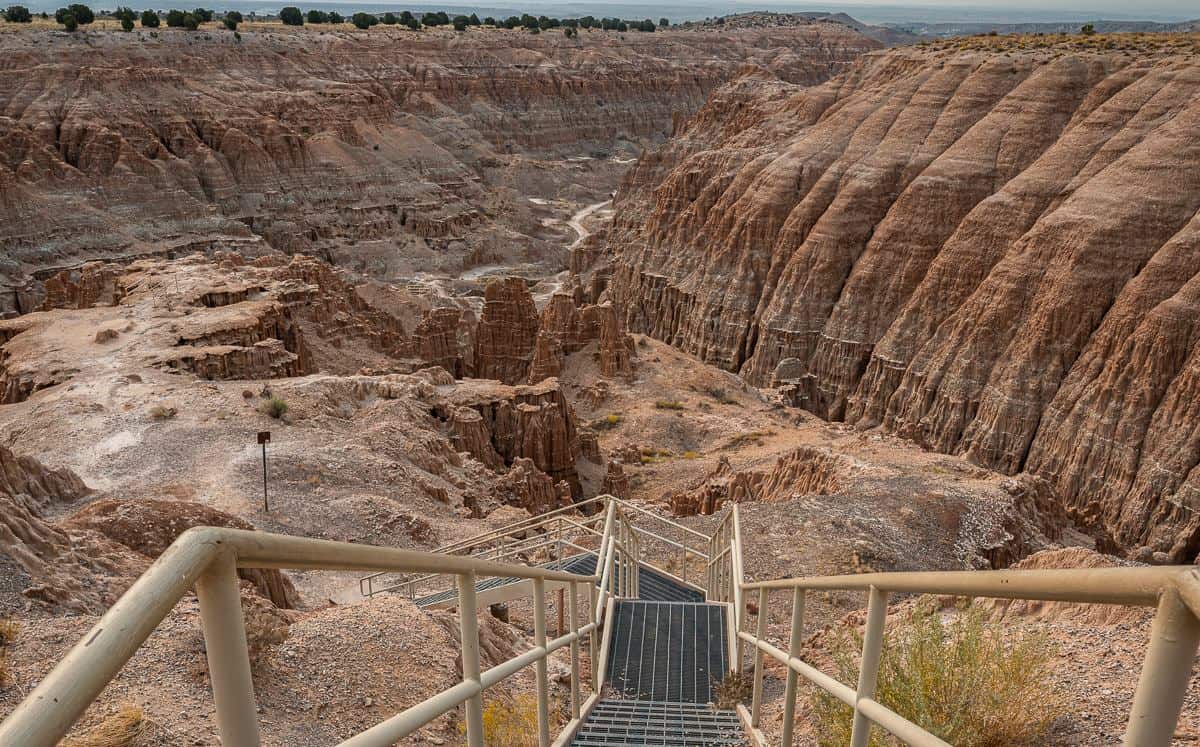It has cost the nation’s roading agency nearly $250,000 to prove that LED billboards next to one of the country’s most dangerous highways are not a good idea.

Photo: 123rf
The businessman who went to court several times to try and change his static billboards to digital signs says authorities need to move with the times.
Waka Kotahi NZ Transport Agency eventually won the fight, after several legal hurdles, and has now been left with the lion’s share of the $240,000 bill after the company which brought the challenge has been ordered to pay just $60,000 towards the cost.
Wellington firm Prime Property Group Ltd, had been trying to get permission to replace existing conventional billboards with internally-lit LED billboards, beside a portion of the state highway, between Ngaraunga and Petone.
Prime Property already had resource consent for four large billboards in that spot – one facing the northbound traffic at one end, another facing the southbound traffic at the other end, and two further signs in a V-shape in the middle, all illuminated by lights at the top.
The property firm’s head, Eyal Aharoni, told Open Justice it wanted them changed because static signs were a thing of the past. He said printing the large display “skins” and replacing them, which required heavy equipment, meant the format was no longer sustainable.
“Changing them is an activity with some risk, especially in windy locations. Digital signs on the other hand can be changed remotely with a press of a button.”
Prime initially sought to have its consent amended. It was declined by a council appointed commissioner in October 2020. The company appealed and a year later it was heard in the Environment Court, which also turned down the bid.
The court said the burden of defending the decision fell almost entirely on Waka Kotahi, which spent the money mostly on legal and expert witness costs in responding to the appeal.
An agency spokesperson told Open Justice the proposal was opposed on safety grounds.
The Environment Court agreed with the commissioner, for the same reasons – the potential hazard to drivers on an already dangerous stretch of road.
The northbound lane of the stretch of highway from Ngaraunga to Petone was in the top 10 percent of roadway networks with the highest deaths and serious injuries in the country, according to evidence presented to the Environment Court.
It also had to consider the safety of cyclists, who made up only a small group of users of the stretch of road, but were more vulnerable in the event of a collision.
Aharoni told Open Justice the company had offered to reduce the number of signs if the consent was amended to allow the LED signs, and to provide a cycle lane at its own cost along its site boundary.
The Environment Court said that while drivers of passing vehicles were looking at, and thinking about, the advertisements on the billboard, they were not paying full attention to the task of driving safely on a stretch of road that was one of the most dangerous roads in the country, the Environment Court said.
Not be deterred, Prime Property did not accept the decision and appealed to the High Court, on five suggested errors of law.
The High Court declined the appeal in June this year, on the basis that there’d been no error of law.
In his decision Justice Francis Cooke said the Environment Court and the commissioner had both decided that the LED billboards were more distracting for drivers on a stretch of road that was regarded as dangerous, and the application was declined on that basis.
“It was not a complicated issue and the decision was plainly open to the Environment Court to make.
“The suggestion that the decision involved errors of law is artificial. None of the grounds of appeal are made out,” Justice Cooke said.
Aharoni told Open Justice that Waka Kotahi seemed keen to stop digital sign activity, even though it used them itself, in the belief they were a driver distraction.
“Digital signs are commonly used in most countries internationally and I don’t believe there is any solid evidence to support Waka Kotahi opinion.
“Conflicting evidence has been provided at the hearing by various experts and the court has decided to opt with Waka Kotahi taking a cautious approach, which is understandable,” Aharoni said.
In a recently released costs decision, Environment Judge Craig Thompson and Environment Commissioner David Bunting said that in effect, the commissioner’s initial decision had been upheld by two separate courts which reached the same the conclusion – that the decision was based on a correct interpretation of the law and was supported by evidence.
They also noted that while there was no presumption that a successful party would be awarded costs, Prime was opposed to paying them.
Waka Kotahi did not seek repayment of the entire amount it had spent but a $60,000 contribution.
Thompson and Bunting said traffic management and safety was “at the absolute core” of the merits of the application. It was because the proposal appeared likely to increase traffic danger and risks that the application was declined in the first place.
“That means that Prime Property Group Limited had before it a reasoned first instance decision, arrived at by an expert in the area after hearing all parties.”
Prime also argued, in its opposition to Waka Kotahi’s claim, that the agency did not need two lawyers to appear for it.
“That argument might have carried more weight if Prime itself did not also have two counsel at that hearing.”
Aharoni said the $60,000 costs order had now been paid to Waka Kotahi.
* This story originally appeared in the New Zealand Herald.





















Discussion about this post